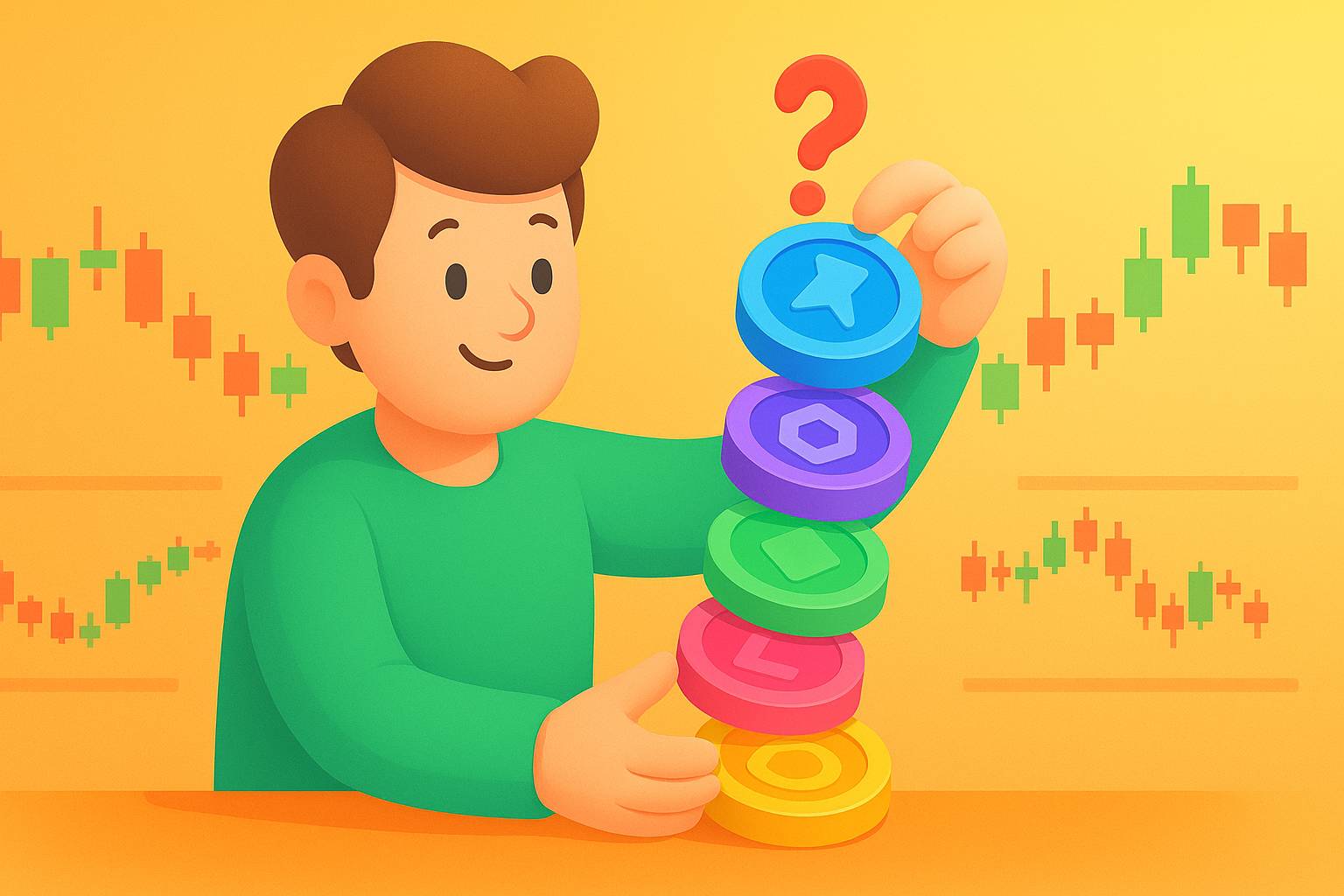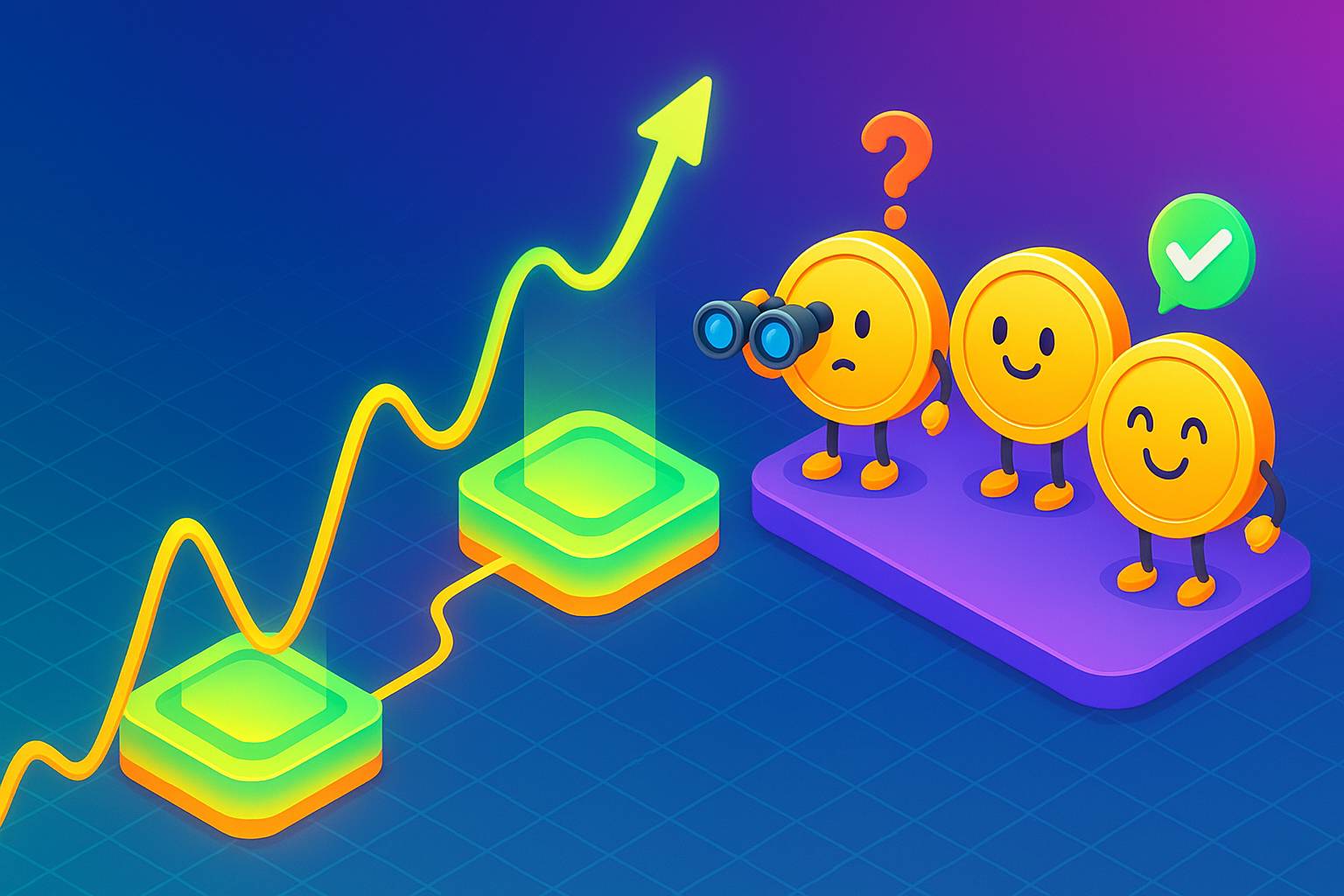Understanding and Capitalizing on Oversold Conditions in Cryptocurrency
Summary of Oversold Situations
The term "oversold" is commonly used in financial markets, extending to cryptocurrencies, to describe a scenario in which the price of an asset has plummeted and might now be undervalued. This condition implies that the selling has been excessive, potentially setting the stage for a buying opportunity. Investors and traders often seek out oversold states as signals to initiate a purchase or to bolster an existing investment.
Grasping the Concept of Oversold
In cryptocurrency trading, "oversold" denotes a situation where a specific digital currency's price has dropped significantly within a short timeframe. This decline often accompanies high selling volumes and a negative market outlook. The oversold state indicates that the asset's price may be below its true worth, presenting an appealing opportunity for purchase by investors and traders.
Detecting Oversold Conditions with Indicators
Traders employ various technical indicators to spot oversold scenarios in the crypto market:
- RSI (Relative Strength Index): As a widely-used momentum indicator, the RSI evaluates the rate and magnitude of price changes. When it falls below a specified level, typically 30, it suggests that the cryptocurrency may be oversold.
- Stochastic Oscillator: This tool assesses how the closing price of a cryptocurrency stacks up against its price range over a designated period. A drop below 20 in the stochastic oscillator is indicative of oversold conditions.
- MACD (Moving Average Convergence Divergence): The MACD, which follows trends and momentum, reflects the interaction between two moving averages of a crypto's price. Signs of oversold conditions appear when the MACD line dips under the signal line and turns negative.
Strategies for Trading in Oversold Markets
When a digital currency is deemed oversold, traders and investors can apply various strategies to harness the possibility of price rebounding:
- Buying on Dips: This approach involves purchasing the cryptocurrency during its oversold phase in anticipation of a price revival. Traders might place limit orders at targeted price points or use market orders to establish a position.
- Incremental Investments: Rather than committing funds all at once, traders may opt to enter a position gradually. They can acquire a portion of the intended amount when the cryptocurrency is oversold and incrementally increase their holdings if the price drops further.
- Implementing Stop-Loss Orders: To mitigate risk, traders might set stop-loss orders beneath the entry price. Should the price continue to fall after a position is taken, the stop-loss order will trigger a sale, curbing potential losses.
Risks and Factors to Consider
Although oversold conditions might seem like good buying opportunities, the following risks should be acknowledged:
- Potential Misleading Signals: Not all instances of oversold conditions result in price recoveries. Occasionally, a cryptocurrency might stay oversold longer than expected or continue to slide further.
- Influence of Market Sentiment: Oversold status on its own isn't enough to predict a cryptocurrency's future price movement. It's essential to factor in additional influences like market sentiment, news releases, and the broader market context.
- Price Fluctuations: Cryptocurrencies are renowned for their unpredictable nature, and oversold conditions can sometimes be accompanied by heightened price swings. Traders should be ready for these fluctuations and apply suitable risk management strategies.
Final Thoughts
Oversold conditions in the crypto market point to a substantial drop in a cryptocurrency's price and the possibility of undervaluation. Various technical tools are utilized by traders and investors to identify these conditions and to develop strategies that could capitalize on potential price rebounds. Nonetheless, it's crucial to recognize the risks linked to oversold situations and to apply effective risk management when investing or trading in cryptocurrencies.









